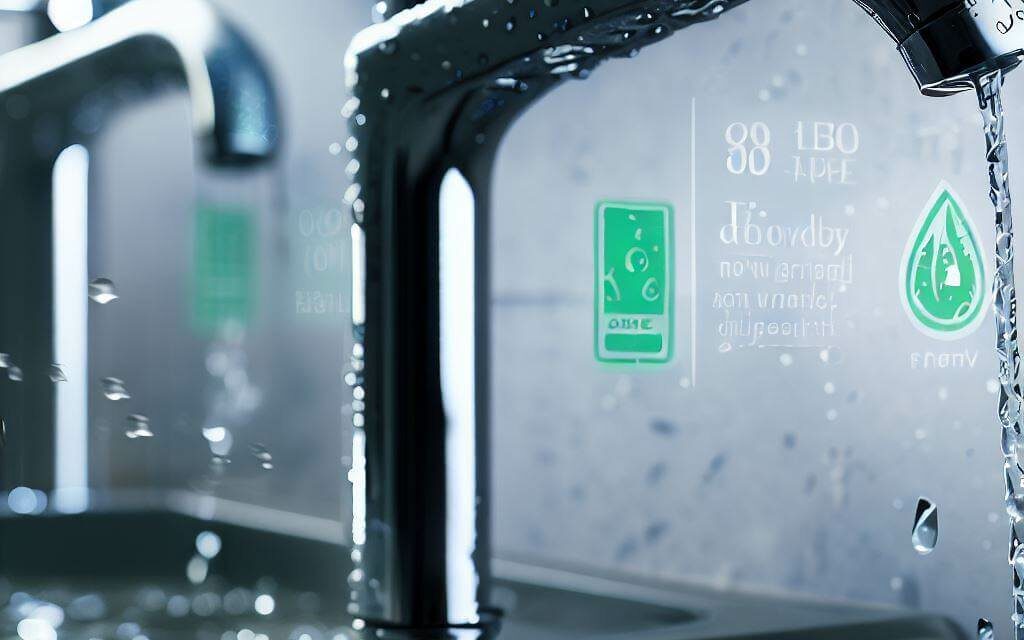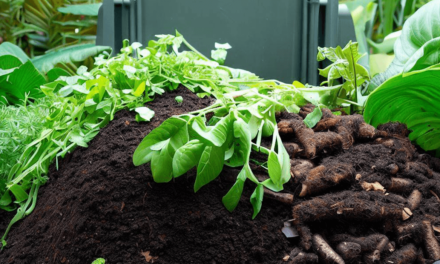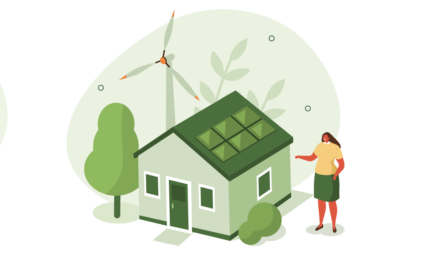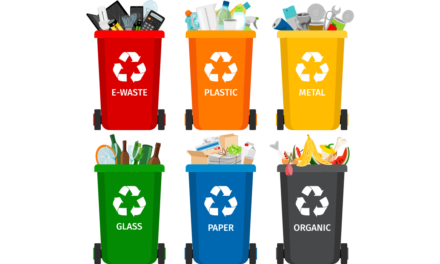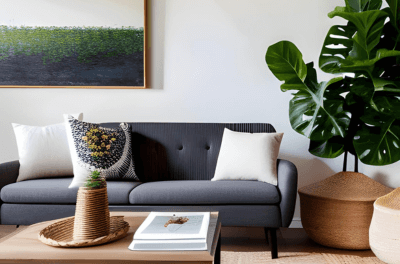Water, while abundant on our planet, is a finite resource. With growing concerns over water scarcity and environmental preservation, one way homeowners and businesses are choosing to contribute positively is by installing water-saving fixtures. Let’s explore the benefits, considerations, and common types of these fixtures.
- Benefits of Installing Water-Saving Fixtures:
- Reduced Water Bills: Using less water means lower monthly utility bills. Over time, the savings can be substantial.
- Environmental Conservation: Freshwater ecosystems are under threat from over-extraction. Using less water helps in preserving these crucial habitats.
- Decreased Energy Use: Treating and heating water requires energy. By using less water, we also decrease energy consumption, which has a direct positive impact on the environment.
- Extended Water Supply: Using water efficiently helps in ensuring a reliable water supply for the future.
- Types of Water-Saving Fixtures:
- Low-flow Toilets: Older toilets can use up to 6 gallons per flush, while modern low-flow models use as little as 1.28 gallons or less.
- High-efficiency Showerheads: These can reduce water use by up to 50% compared to traditional models.
- Faucet Aerators: Installed in sinks, they add air to the water stream, giving the sensation of high flow with less actual water usage.
- Water-efficient Dishwashers and Washing Machines: These appliances have settings and designs that use less water while still ensuring thorough cleaning.
- Considerations Before Installation:
- Cost: While many water-saving fixtures are affordably priced, some advanced models can be expensive. However, the long-term savings often justify the initial investment.
- Compatibility: Ensure that the chosen fixture is compatible with your existing plumbing system.
- Maintenance: Some high-efficiency fixtures might have specific maintenance needs to function optimally.
- Local Regulations and Incentives: Some regions offer rebates or tax incentives for installing water-saving fixtures, while others might have regulations on water flow rates for certain appliances.
Conclusion
Transitioning to water-saving fixtures is a commendable step towards both environmental conservation and cost savings. As water scarcity becomes a growing concern, making thoughtful choices about our water use becomes not just a personal benefit but a societal necessity.

